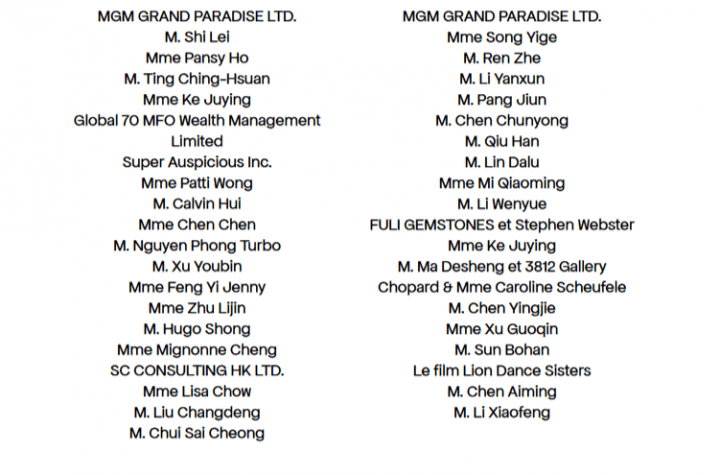Organised in partnership with Art Exhibitions China, the exhibition showcases 207 works from more than thirty Chinese museums recounting 300 years of effervescent art and literature, a flourishing cosmopolitan population and the rise of centralised administration.
Some masterpieces will be presented for the first time in France, for example the three most important Tang gold- and silverwork pieces, remarkable murals, objects uncovered during recent archaeological excavations, and rare scrolls of painting and calligraphy.
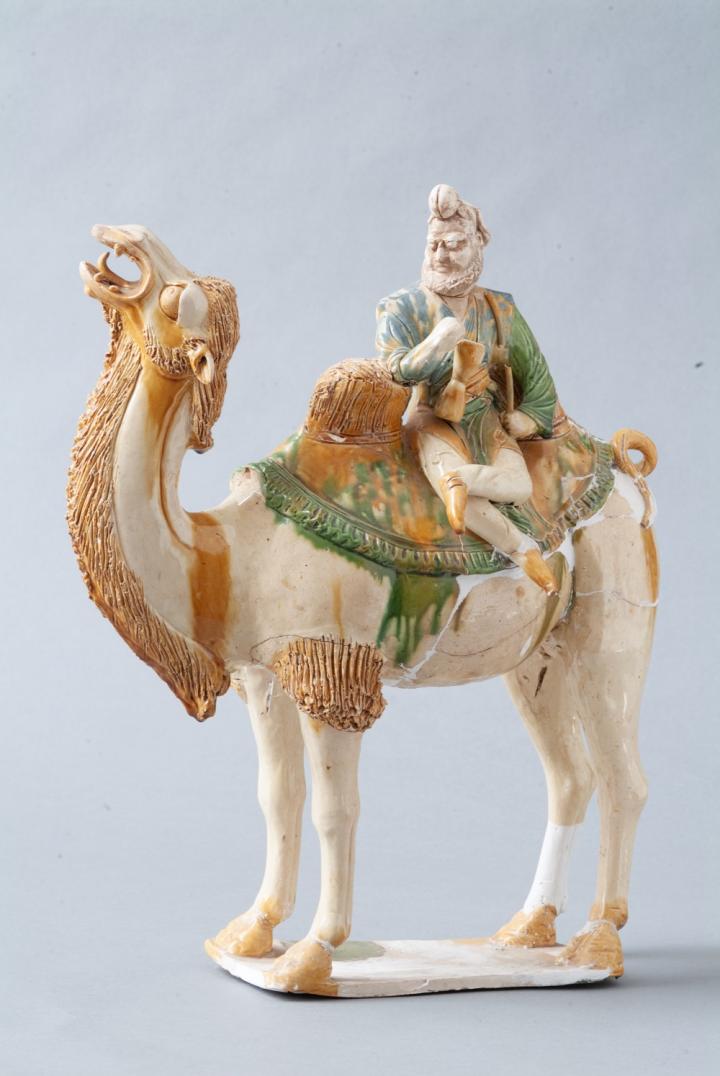
Musicien sur un chameau, Dynastie Tang (618-907), 8e siècle, terre cuite à glaçure trois couleurs (sancai), découvert en 2002, canton de Guodu, district de Chang’an (Shaanxi) Xi’an, musée de Xi’an
Tang, a founding dynasty
The first Tang rulers arrived after the Sui dynasty (581-618), who had managed to unify China after almost 400 years of division. The Tang secured peace, reorganised the state and helped turn their vast country a land of economic and cultural prosperity which would shape the cultural and administrative foundations of China over the next millennium. While the Tang era was a time of strong development in agriculture and craftsmanship, it was also a golden age for the arts; creativity flourished in painting, sculpture, music and dance more than ever before. Tang poetry, literature and calligraphy would even inspire some of the greatest
literary works in subsequent periods. Multicultural and open to the world, the Tang period saw the rise of a life of refinement and material goods.
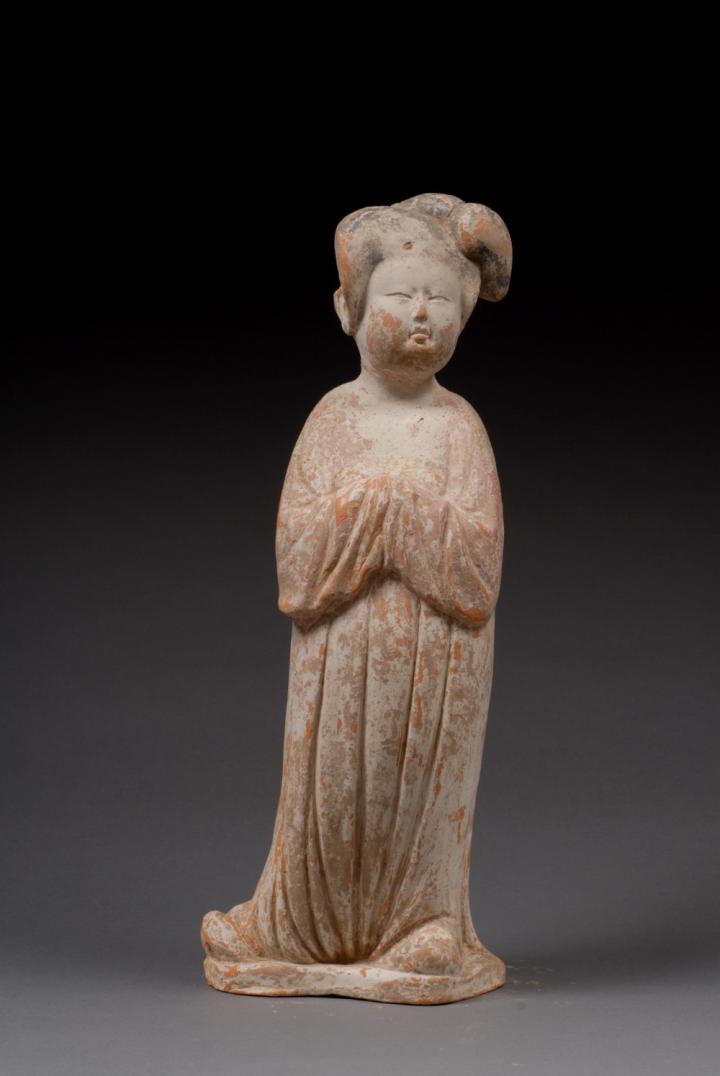
Dame de cour, Dynastie Tang (618-907), 8 e siècle, terre cuite peinte, découverte à Hansenzhai, banlieue est de Xi’an (Shaanxi), Xi’an, musée d’histoire du Shaanxi © Musée d’histoire du Shaanxi
An immersion into the Tang capital
With its innovative layout, the exhibition invites the public to wander through the capital of a thousand wonders: Chang’an, (literally meaning “perpetual peace”). Stretching across an area of almost 87 sq. km and with more than a million inhabitants, it overtook Baghdad and Byzance as the most densely populated city in the world. At its height, the Palace was 3.5 times the size of the Forbidden City and 3 times the size of Versailles. Its urban layout and palatial religious architecture would influence the great capitals of Silla in Korea and Heiankyō in Japan. Chang’an was not only at the crossroads of the silk roads, but the cosmopolitan city was also the symbol of Chinese prosperity and wealth and it inspired painters, calligraphers, poets and artisans. The exhibit focuses on daily practices across all social classes.
L’exposition propose un parcours de visite destiné au jeune public (8-12 ans).
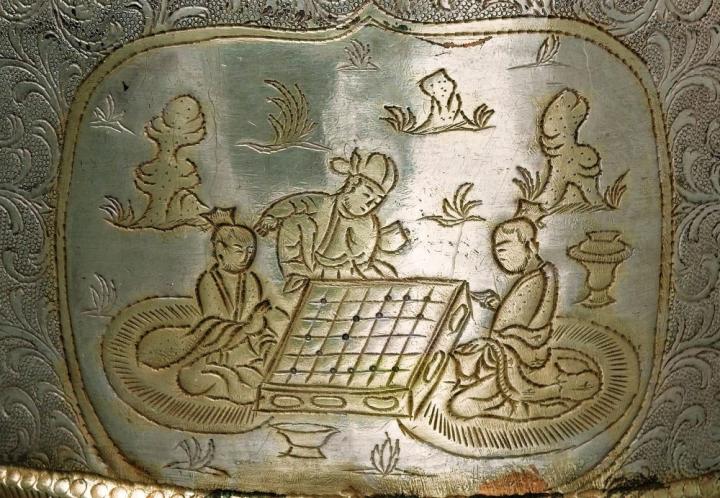
Détail de décor d'un récipient à encens à haut pied, Dynastie Tang (618-907), 9e siècle, argent doré, découvert en 1987, palais souterrain du monastère Famen, Baoji (Shaanxi),Famen Zhen, musée du Famensi © Musée du Famensi
Curation
Arnaud Bertrand, Curator in charge of Korea and China collections at Guimet
Huei-Chung Tsao, In charge of China collections at Guimet
Luo Lijun, Exhibition Director, Art Exhibitions China
Du Zeyu, Project Manager, Art Exhibitions China
Xu Yunyan, Project Manager, Art Exhibitions China
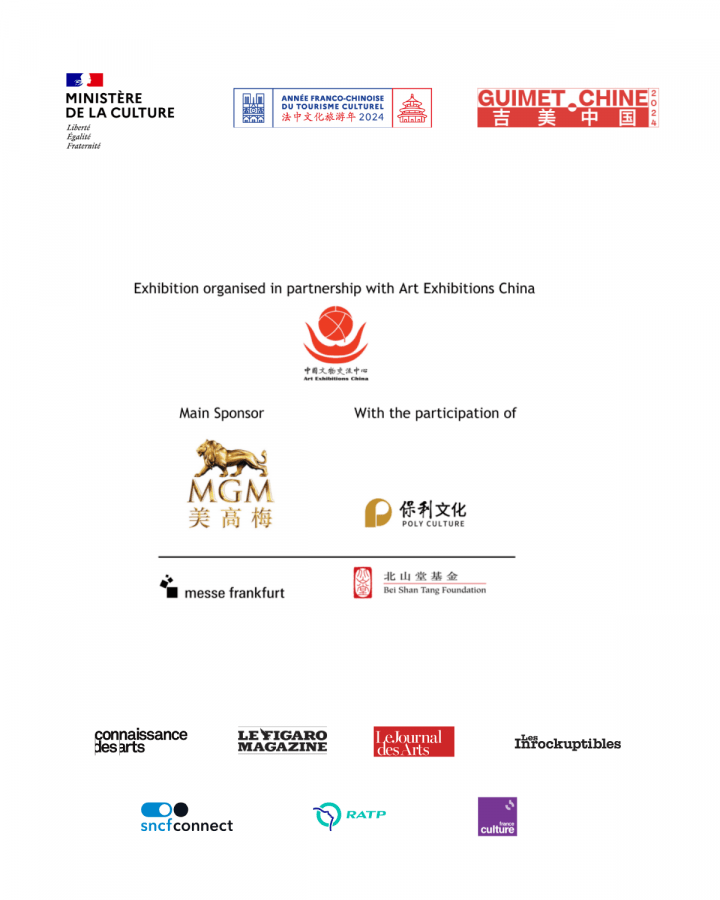
The museum wishes to thank all the people who participated in the fundraising for this exhibition:
